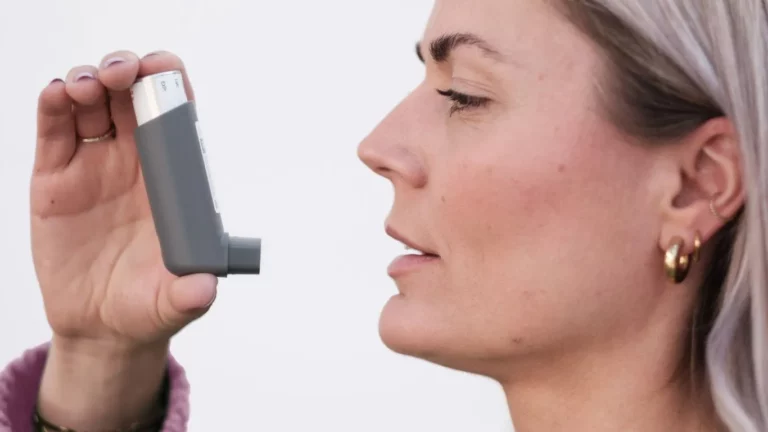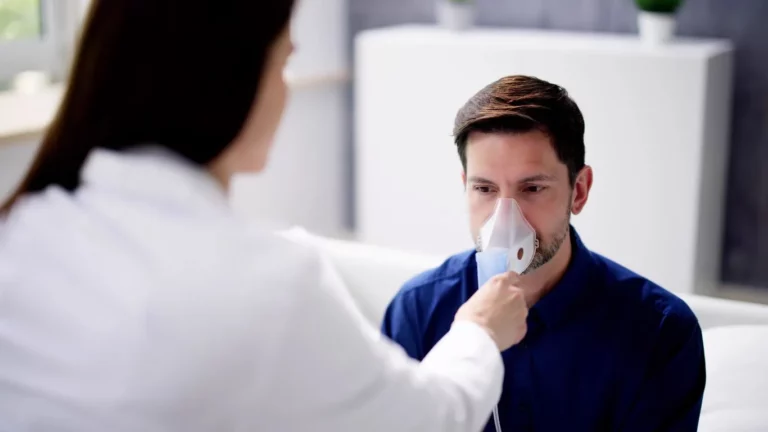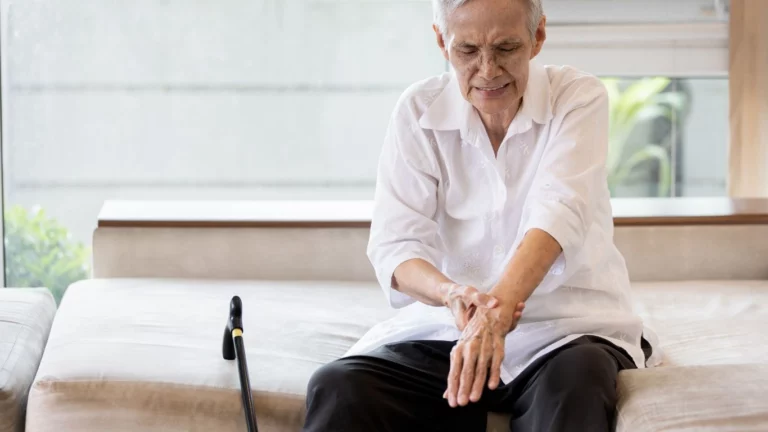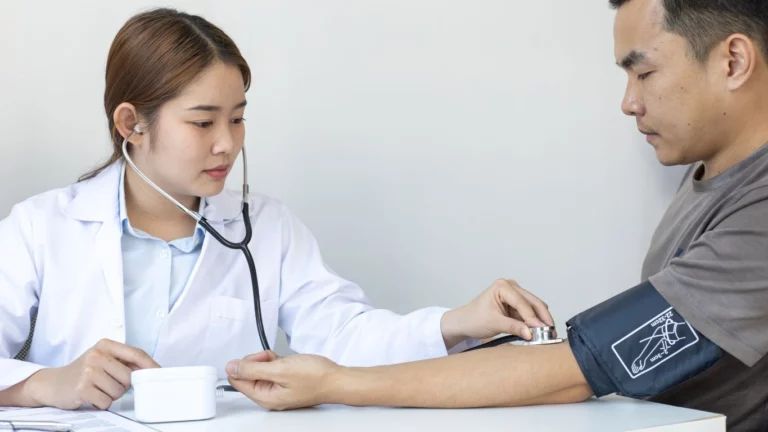High Blood Pressure and Cold Extremities: A Silent Warning Sign
Ever had a patient mention their hands or feet always feel cold—even when the room’s warm—and you’re managing their blood pressure? Happens more often than you’d think. As an internal medicine physician who’s spent years in the hypertension trenches, I’ve come to notice an intriguing pattern: there may be a deeper link between high blood pressure and cold extremities than most people realize. It’s not something you’ll always find in textbooks, but when you’ve seen hundreds of patients walk through your clinic doors, trends like this start to stick out.
Understanding the Basics: What’s Really Going On?

So, let’s lay the groundwork. When people talk about high blood pressure (or hypertension), they’re usually thinking heart attacks, strokes, and maybe kidney damage. Cold fingers and toes? Not on the radar. But it should be.
Here’s the deal. Blood pressure is all about force—how hard your heart is pushing blood through your arteries. And when that force gets too high, it can mess with the very vessels that are supposed to nourish your limbs. Think of your arteries like garden hoses: too much pressure, and they get stiff, damaged, and narrower over time. That’s not just a plumbing problem. It means less warm, oxygen-rich blood is reaching the smaller vessels in your hands and feet.
The Body’s Prioritization System: Who Gets Blood First?
Your body is smart. It knows when to cut its losses and preserve what’s essential. During times of stress—whether it’s physical, emotional, or vascular—it’s going to make sure your brain, heart, and lungs stay at the top of the food chain. Unfortunately, your fingers and toes? They’re way down the list.
So if your circulatory system is under strain from chronic hypertension, it’s going to divert resources to the critical players. That means your peripheral circulation (to your extremities) might be the first to suffer. Result: cold, tingly, or numb fingers and toes. Patients often describe it as if they’re always walking on ice, even in the middle of summer.
High Blood Pressure and Cold Extremities Connection: It’s More Common Than You Think
I remember a patient—I’ll call her Linda. Mid-60s, history of untreated hypertension, and every winter she’d come in wearing gloves, even indoors. She’d chalked it up to “just getting older.” But her hands were pale, cold, and her radial pulses were weaker than I liked. Sure enough, her BP was sky-high. Over time, we realized this wasn’t just Raynaud’s or bad circulation—it was hypertension quietly wreaking havoc on her vascular function.
Now, this isn’t to say that everyone with cold hands has high blood pressure. But if you’re noticing both symptoms together—especially if they’re persistent—it’s worth connecting the dots.
How Does Hypertension Affect Circulation to the Extremities?

Hypertension damages the endothelium—the inner lining of blood vessels. When that lining’s irritated long enough, the vessels become less responsive and less able to dilate properly. This is called endothelial dysfunction. Translation? Your blood vessels lose their “flexibility.” And inflexible vessels mean sluggish circulation, especially in your body’s outposts.
There’s also the matter of increased vascular resistance. In hypertension, your arteries tighten up in response to constant pressure overload. Over time, that can lead to:
- Reduced oxygen delivery to extremities
- Increased risk of peripheral artery disease (PAD)
- Chronic cold sensations in the hands and feet
- Higher risk of wounds and ulcers not healing properly
For patients with coexisting conditions—like diabetes or autoimmune disorders—the effects are compounded. That’s when it becomes even more critical to keep blood pressure in check, not just for the major organs, but for everyday comfort and quality of life.
Wait—Is It Always Hypertension Causing Cold Extremities?
Let’s not jump to conclusions just yet. There are a bunch of other causes for cold hands and feet, and as clinicians (or just curious humans), we’ve got to be thorough.
- Hypothyroidism
- Raynaud’s phenomenon
- Peripheral neuropathy
- Smoking-related vascular damage
- Severe anemia or low blood volume
But here’s the kicker: hypertension can *worsen* all of the above. It’s like adding more weight to an already fragile bridge. In my experience, especially in older adults or those with multiple risk factors, it’s rarely just one cause. It’s a tangled web of contributing factors—and high blood pressure loves to sit right in the middle of it.
Who’s Most at Risk of This Vascular “Cold Effect”?

This is where things get interesting. Not everyone with high blood pressure will have cold extremities—but certain people are more prone than others:
- Women over 50 – especially post-menopausal, due to hormonal changes that affect vascular tone.
- Patients with long-standing, uncontrolled hypertension
- Smokers – nicotine causes vasoconstriction, compounding the problem.
- People with autoimmune conditions – like lupus or scleroderma, which already impair circulation.
- Diabetics – especially those with microvascular complications or neuropathy.
As physicians, it’s easy to focus just on the big endpoints—stroke, MI, heart failure. But when patients complain about discomfort, like cold feet, that’s also telling us something about their vascular health. Sometimes it’s the little signs that tip us off before the big storm hits.
How Lifestyle Habits Play a Role in Both Hypertension and Cold Extremities
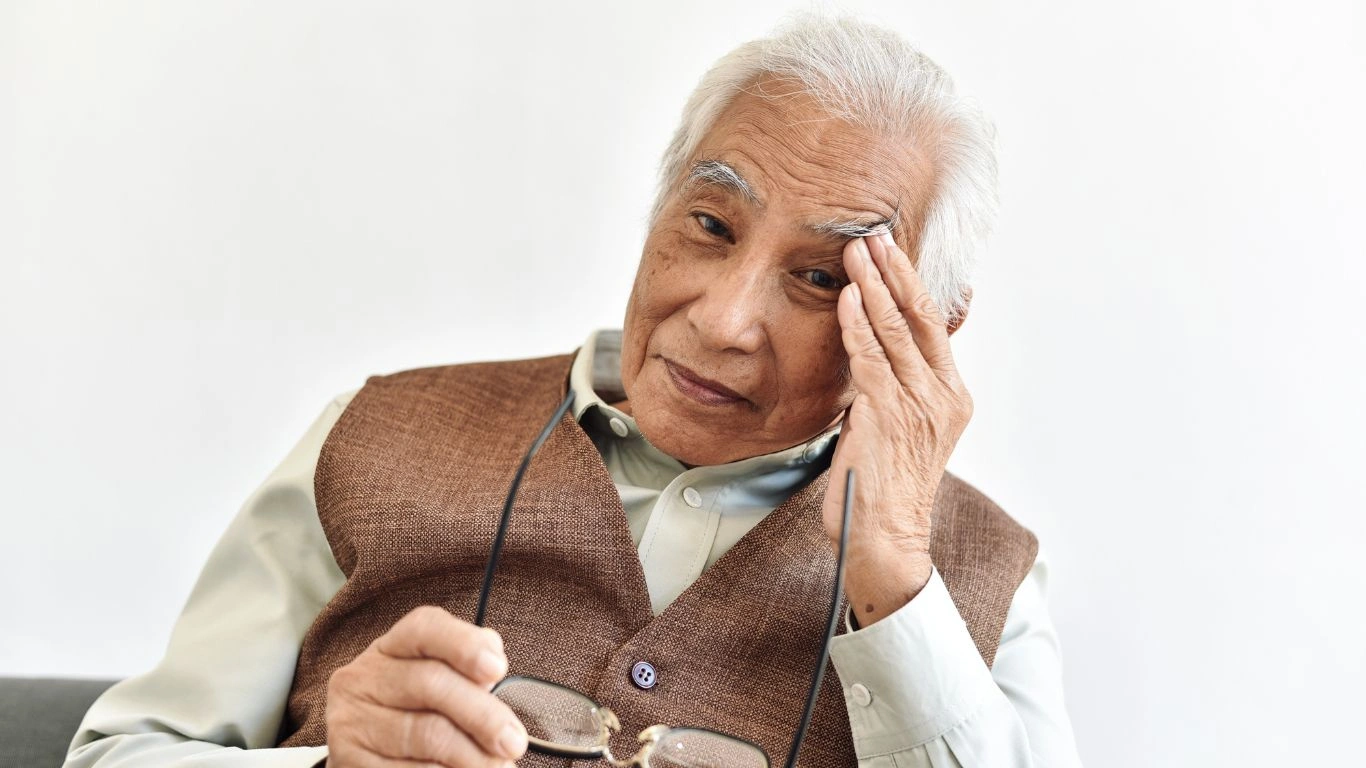
Here’s something I always try to drive home in clinic—your lifestyle isn’t just a background detail, it’s front and center when it comes to managing blood pressure and circulation. And yes, it can absolutely affect why your hands and feet might feel like ice cubes.
Let’s break it down a bit. If you’re spending hours glued to your desk, not moving much, running on caffeine, and getting five hours of sleep… that combo can quietly spike your blood pressure and mess with your circulation. And it shows up in subtle ways—like cold feet, even under a blanket.
I had a younger patient—mid-30s, tech job, worked crazy hours, living on energy drinks. He came in for “just fatigue,” but mentioned his fingers always felt cold and numb. BP was borderline high. After ruling out other stuff, it came down to stress, poor circulation, and creeping hypertension. With some lifestyle tweaks? Total turnaround.
Key Lifestyle Factors to Keep an Eye On:
- Chronic stress – causes blood vessels to constrict, raises blood pressure, reduces peripheral circulation.
- Smoking or vaping – nicotine narrows blood vessels. Combine that with hypertension? Recipe for cold, under-perfused hands and feet.
- Inactivity – less muscle movement = less blood being pumped out to extremities.
- High-sodium diets – fuel for high blood pressure, which can indirectly worsen peripheral circulation.
- Poor sleep – your vascular system never gets to reset properly if you’re running on empty.
We tend to compartmentalize our health—BP is one thing, cold feet is another. But really, it’s all connected. And that’s where this topic really starts to hit home, especially in primary care.
Is There a Hormonal Connection? Spoiler: Yes
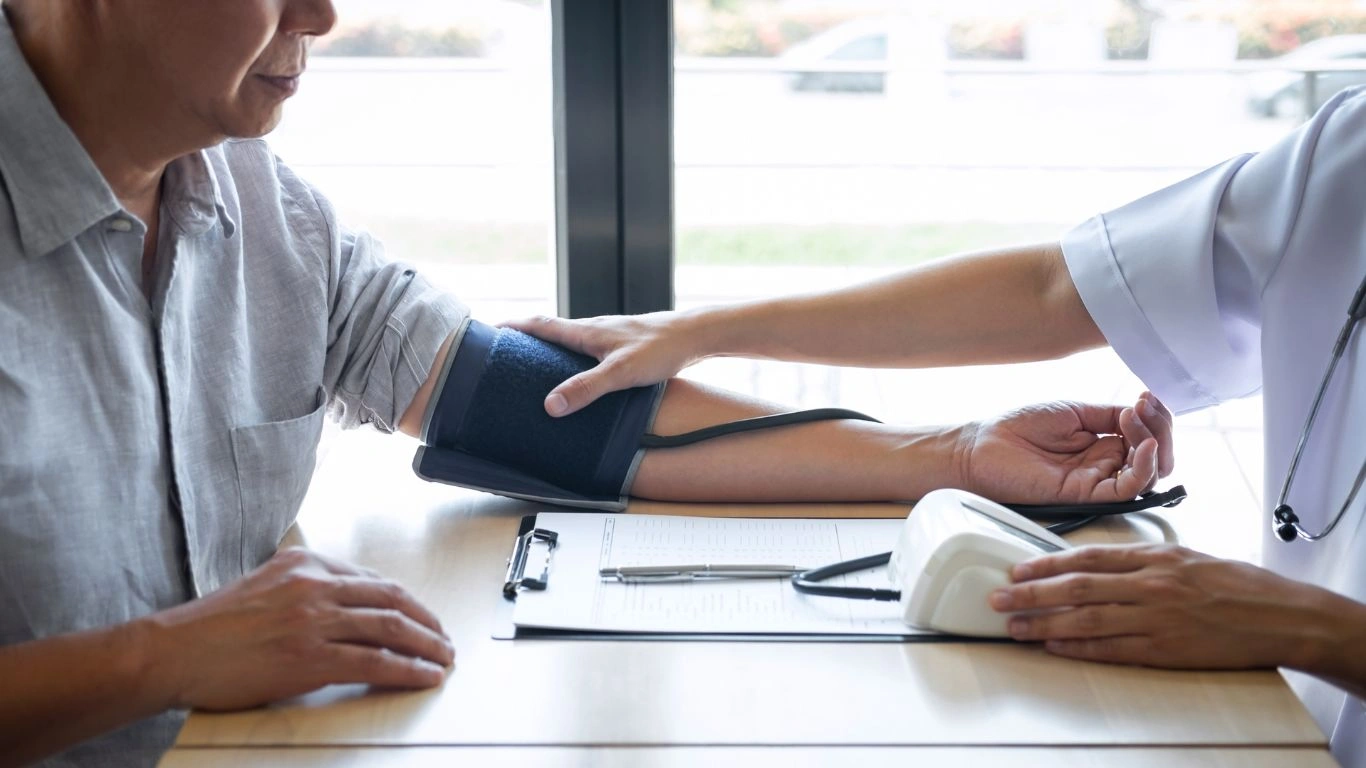
One area that often gets overlooked when talking about high blood pressure and cold extremities is hormones. But in my experience, they play a much bigger role than people realize.
Take menopause, for example. I’ve seen so many women in that transition phase suddenly show up with colder hands, rising blood pressure, and a general feeling that something’s “off.” Hormonal shifts—especially drops in estrogen—can impact both vascular tone and thermoregulation.
Estrogen normally helps keep vessels flexible and promotes good circulation. When it starts to decline, blood pressure can creep up, and circulation to extremities can take a hit. That’s often why women over 50 start noticing changes they can’t quite put their finger on (literally, sometimes).
Other Hormonal Factors That Could Be Involved:
- Thyroid hormones – Hypothyroidism slows metabolism and drops body temp. It can mimic or worsen cold extremities alongside high BP.
- Adrenal overactivity – Constant cortisol release from stress leads to vasoconstriction and hypertension.
- Insulin resistance – Can contribute to vascular inflammation and both elevated BP and poor extremity perfusion.
If you’re dealing with someone whose symptoms don’t quite fit the usual boxes, always worth digging a little deeper into hormonal labs. You’d be surprised what turns up when you look at the full picture.
When to Be Concerned: Red Flags You Shouldn’t Ignore
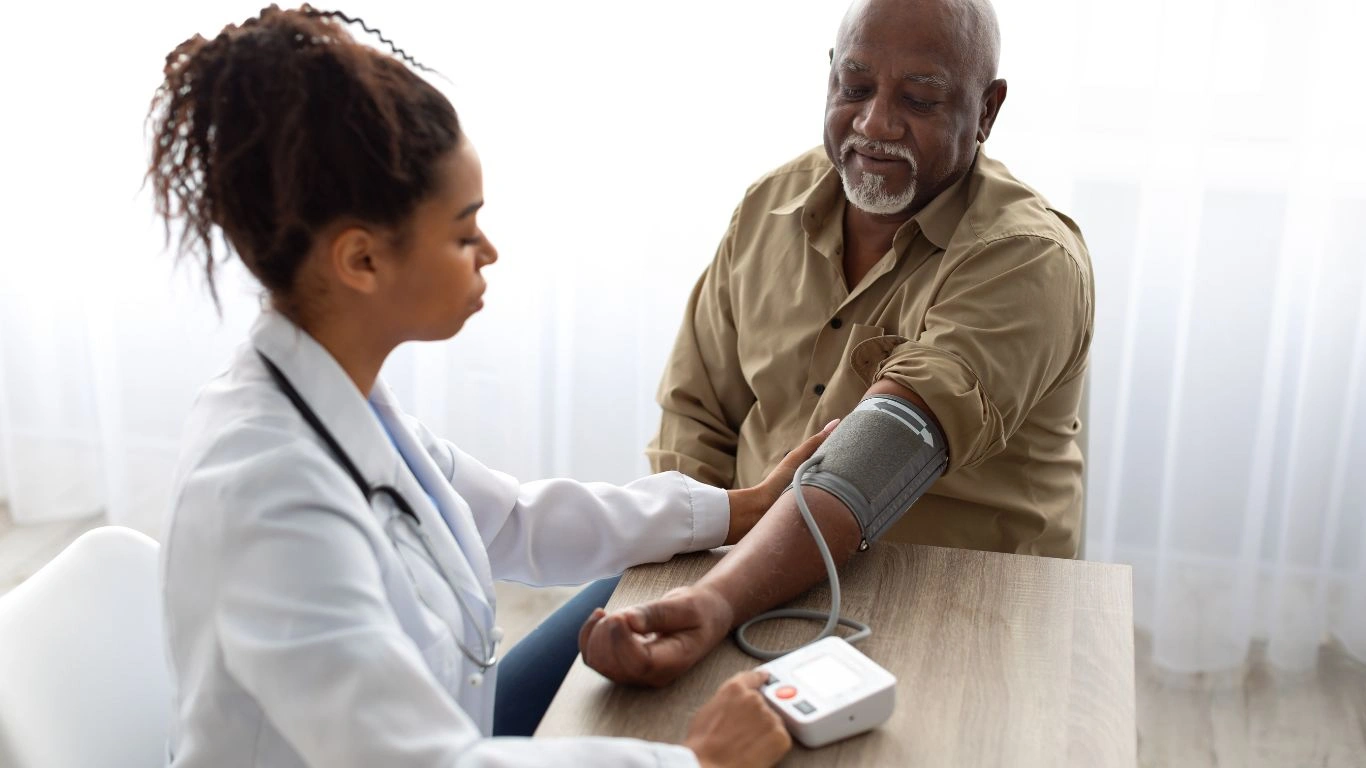
Alright, so cold fingers or toes *can* just be annoying. But sometimes it’s more than that. There are times when that coldness is your body screaming, “Hey, something’s really wrong here.”
If a patient comes in and tells me their toes are cold, purple, painful, or going numb more often—and they have a history of high blood pressure—that’s a giant red flag. I’m thinking about things like peripheral artery disease (PAD), arterial blockages, or even vasospasm syndromes.
Here’s What I Tell My Patients to Watch Out For:
- Sudden changes – If your extremities suddenly feel colder than usual or one limb is colder than the other.
- Color changes – Pale, bluish, or mottled skin isn’t just about temperature—it could mean reduced blood flow.
- Pain when walking (claudication) – Pain in the calves with movement is often linked to PAD, especially in folks with long-standing hypertension.
- Sores that don’t heal – Especially on the toes or heels, which can be a sign of critical limb ischemia.
And I always remind folks: don’t wait. If you’re seeing any of this, get checked. These aren’t symptoms to brush off with “Oh, I just have poor circulation.” There’s often something deeper going on.
My Go-To Strategies for Managing Both Issues Together
This is where things get practical. As a physician, it’s not just about identifying the issue—it’s about giving people tools to take action. When I have patients dealing with both high blood pressure and cold extremities, here’s my usual game plan.
1. Get the BP Under Control—That’s Non-Negotiable
Doesn’t matter how “mild” it seems—hypertension has this sneaky way of chipping away at your vascular health over time. I often start with low-impact adjustments: dietary tweaks (hello, DASH diet!), walking routines, stress reduction techniques. Meds come into play if lifestyle isn’t enough, or if we’re already seeing damage.
2. Encourage Movement (Even the Little Stuff Counts)
I tell my patients: don’t underestimate the power of moving your body—even if it’s just stretching or walking for 5-10 minutes every hour. Movement boosts circulation. The more blood you move, the warmer those hands and feet get.
3. Rule Out and Manage Coexisting Conditions
If I suspect thyroid, hormonal imbalance, or early PAD, we dig deeper. No sense treating just the BP if something else is quietly stealing blood from the extremities.
4. Thermal Support + Vascular Health Tips
- Warm compresses and thermal gloves during colder months
- Compression socks (in select cases) to promote venous return
- Omega-3s and magnesium for vascular flexibility (I always check for interactions first)
And of course—hydration. It’s such a small thing, but thickened blood from dehydration can make circulation worse. I often tell patients, “Warm up from the inside out. Start with water.”
Prevention First: Protecting Your Extremities by Managing Blood Pressure Early
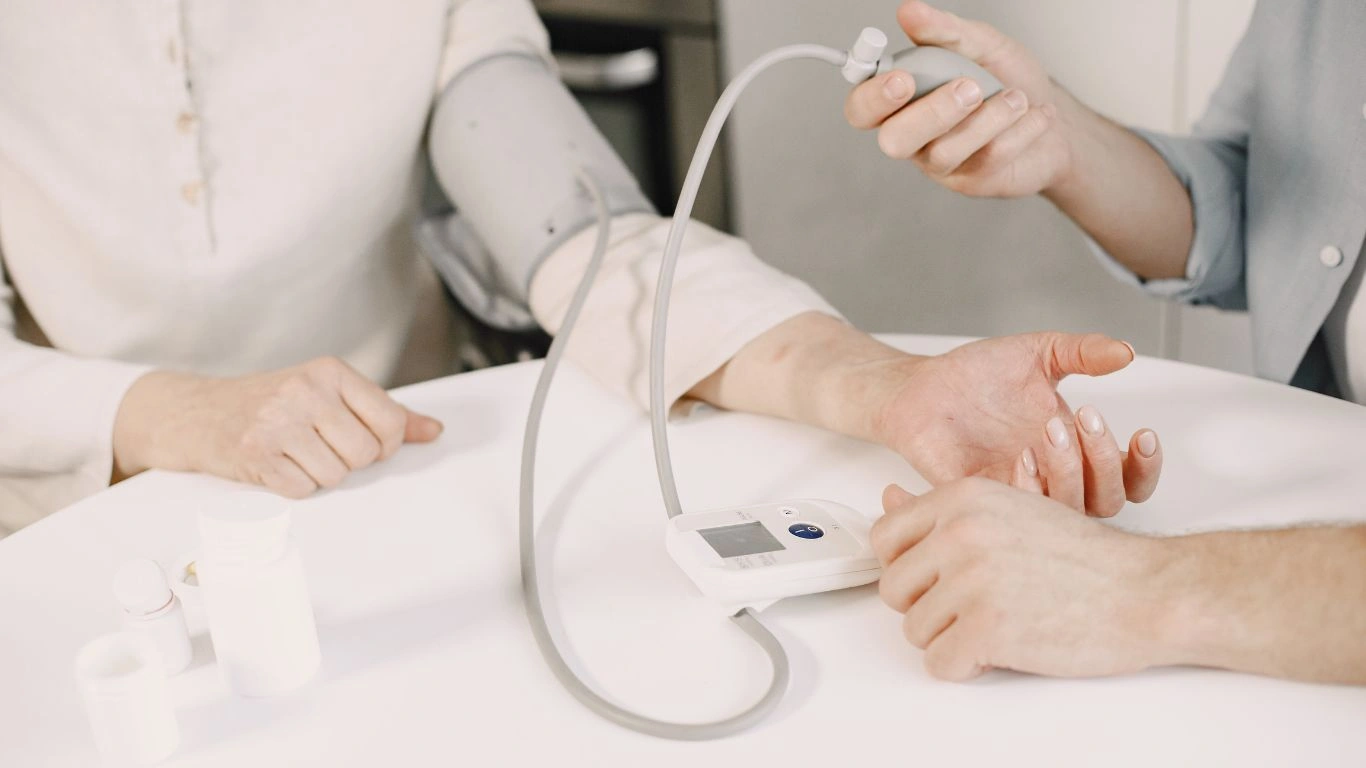
Now that we’ve covered how high blood pressure and cold extremities are connected, let’s flip the script and talk prevention. Because truth be told, the best medicine is always proactive—not reactive.
In my practice, I often catch hypertension early during routine visits. A patient might come in for something minor—a refill, seasonal allergies—and we’ll pick up on elevated BP that they weren’t even aware of. That’s a golden opportunity. Addressing it before complications set in can literally save toes… and lives.
What I Recommend to Patients at the Earliest Signs
Even if cold fingers seem like “no big deal,” I use them as conversation starters. I’ll usually say something like:
“Look, your body is nudging you. Let’s not ignore it. Circulation issues now can hint at bigger problems later.”
Here’s my basic preventive framework:
- Check BP regularly – Especially at home. Clinic readings can miss the full picture.
- Track symptoms – Note when coldness is worse. Morning? After meals? That can guide us.
- Start light exercise – Even chair yoga or stretching increases blood flow and supports vascular health.
- Get labs early – Lipids, glucose, thyroid, CRP—all give us insight into systemic inflammation and risk.
It’s not about waiting until things go wrong—it’s about staying one step ahead. And once patients understand that their circulation is an extension of their overall vascular health, the buy-in becomes a lot easier.
Cold Extremities: When to Refer or Dig Deeper

Let’s be real—not every case is straightforward. Sometimes those cold feet or bluish fingers are telling us there’s something going on beneath the surface that needs a specialist’s eye.
For example, I had a gentleman in his late 50s—former smoker, well-controlled BP on meds, but still complained of cold toes. On exam, his dorsalis pedis pulses were faint. I ordered an ankle-brachial index (ABI), and boom—moderate PAD. He ended up needing vascular follow-up and a full risk reduction plan.
When I Typically Refer or Expand the Workup:
- Asymmetry – One foot or hand colder or discolored compared to the other.
- Non-healing wounds – Especially in patients with diabetes or smoking history.
- Suspected Raynaud’s + hypertension – Sometimes they overlap but need tailored management.
- Failed response to lifestyle + meds – If BP is under control but cold symptoms persist.
And if I even suspect autoimmune or connective tissue disease? Rheumatology gets looped in fast. This isn’t a “wait and see” situation. You don’t mess around with circulation—it’s the body’s delivery system for life itself.
Patient Empowerment: Teaching Self-Awareness and Body Clues
Something I’ve come to believe deeply over the years is that patients know more about their bodies than they think—they just need to feel safe bringing it up. Cold extremities can be brushed off as nothing, but if we create space to ask, “When did you start noticing this?” or “Has it changed over time?”, we can uncover patterns that lead to early interventions.
Here’s a tip I give all my patients—especially the ones who tend to downplay symptoms:
“If your body is whispering, don’t wait for it to start yelling.”
Whether it’s subtle tingling, changes in skin color, or feeling like your feet are always freezing in bed—those are whispers. And sometimes, those whispers are our first clue that the heart, the vessels, or the nervous system is struggling.
High Blood Pressure and Cold Extremities Connection: Wrapping It All Together
So let’s tie this back to the big picture. When someone presents with cold hands or feet, it’s tempting to treat it like a footnote. But as we’ve seen, it’s often an early warning sign—an indicator of compromised circulation, poor vascular health, or rising systemic pressure.
What I’ve learned through my years in internal medicine is that no symptom exists in isolation. The connection between high blood pressure and cold extremities may not always be direct, but it’s almost always relevant.
As clinicians—and as patients—we need to stay curious. Ask more questions. Dig a little deeper. And if cold hands are part of the story? That’s a story worth listening to.
References
- American Heart Association
- National Center for Biotechnology Information
- Mayo Clinic
- Centers for Disease Control and Prevention
Disclaimer
This article is for educational and informational purposes only and does not substitute professional medical advice or consultations. If you are experiencing symptoms like persistent cold extremities or have concerns about your blood pressure, please consult a licensed healthcare provider. Every individual is different, and proper diagnosis and treatment should always be personalized by a qualified clinician.

Dr. Gwenna Aazee is a board-certified Internal Medicine Physician with a special focus on hypertension management, chronic disease prevention, and patient education. With years of experience in both clinical practice and medical writing, she’s passionate about turning evidence-based medicine into accessible, actionable advice. Through her work at Healthusias.com, Dr. Aazee empowers readers to take charge of their health with confidence and clarity. Off the clock, she enjoys deep dives into nutrition research, long walks with her rescue pup, and simplifying medical jargon one article at a time.

